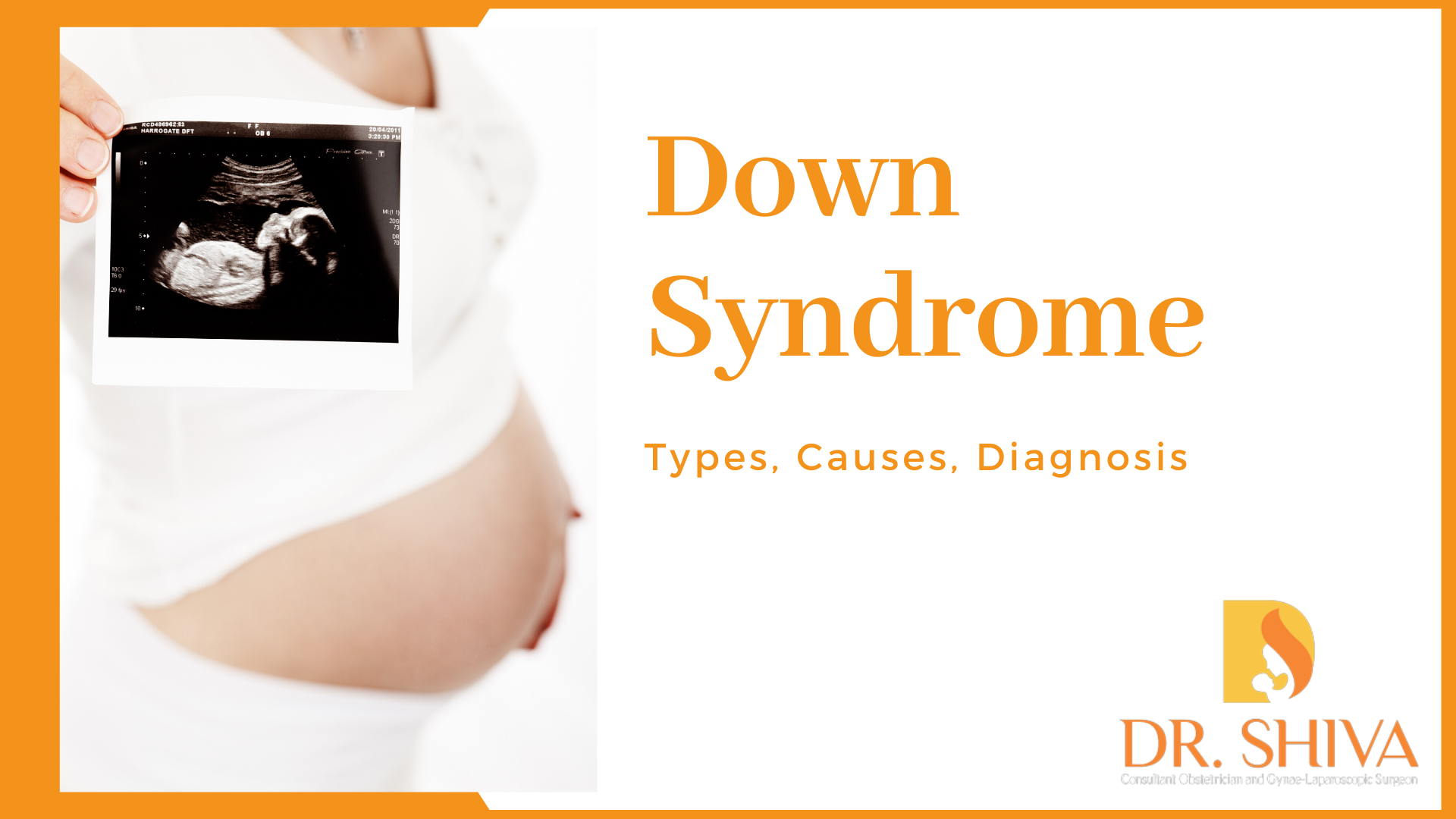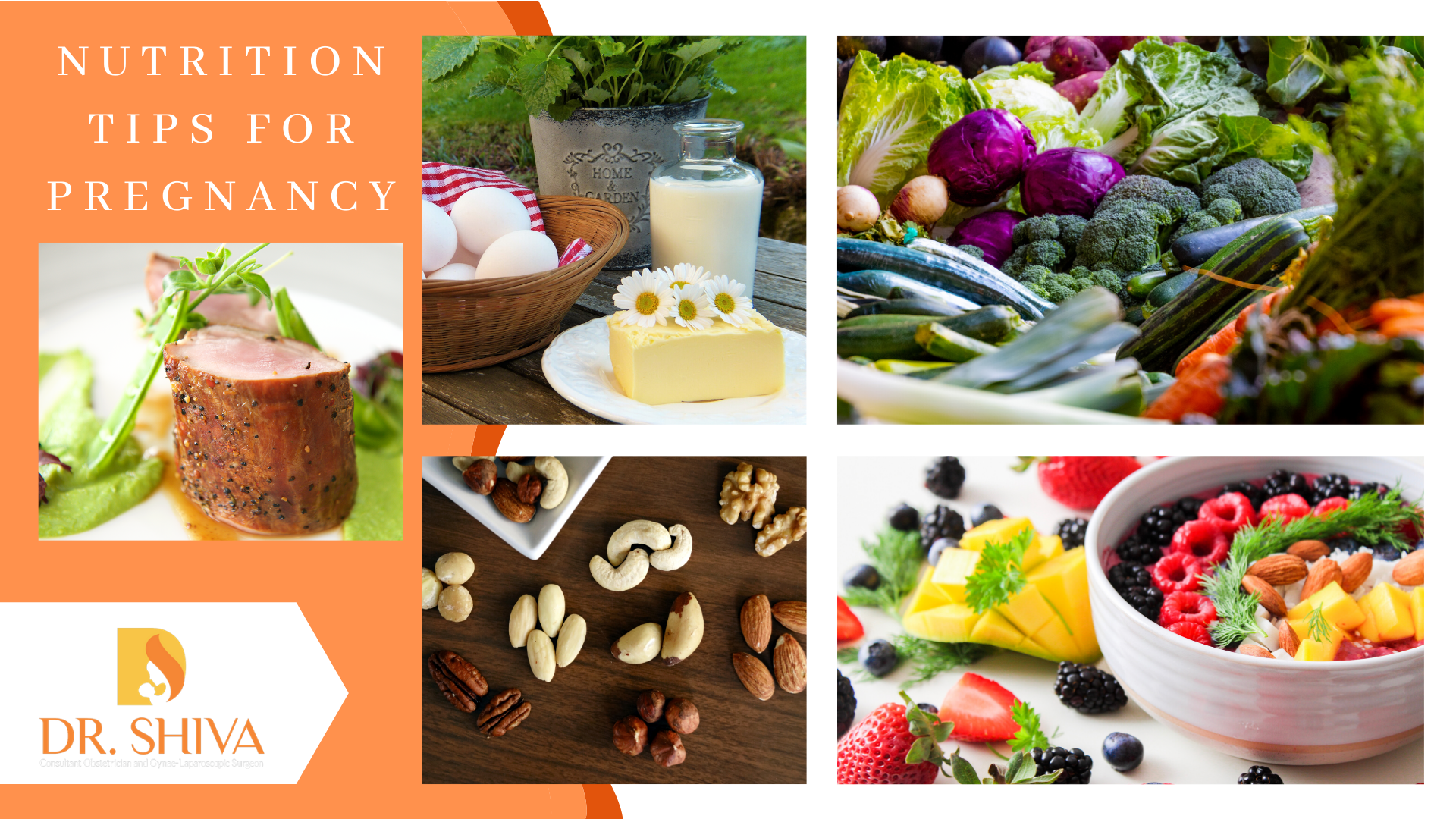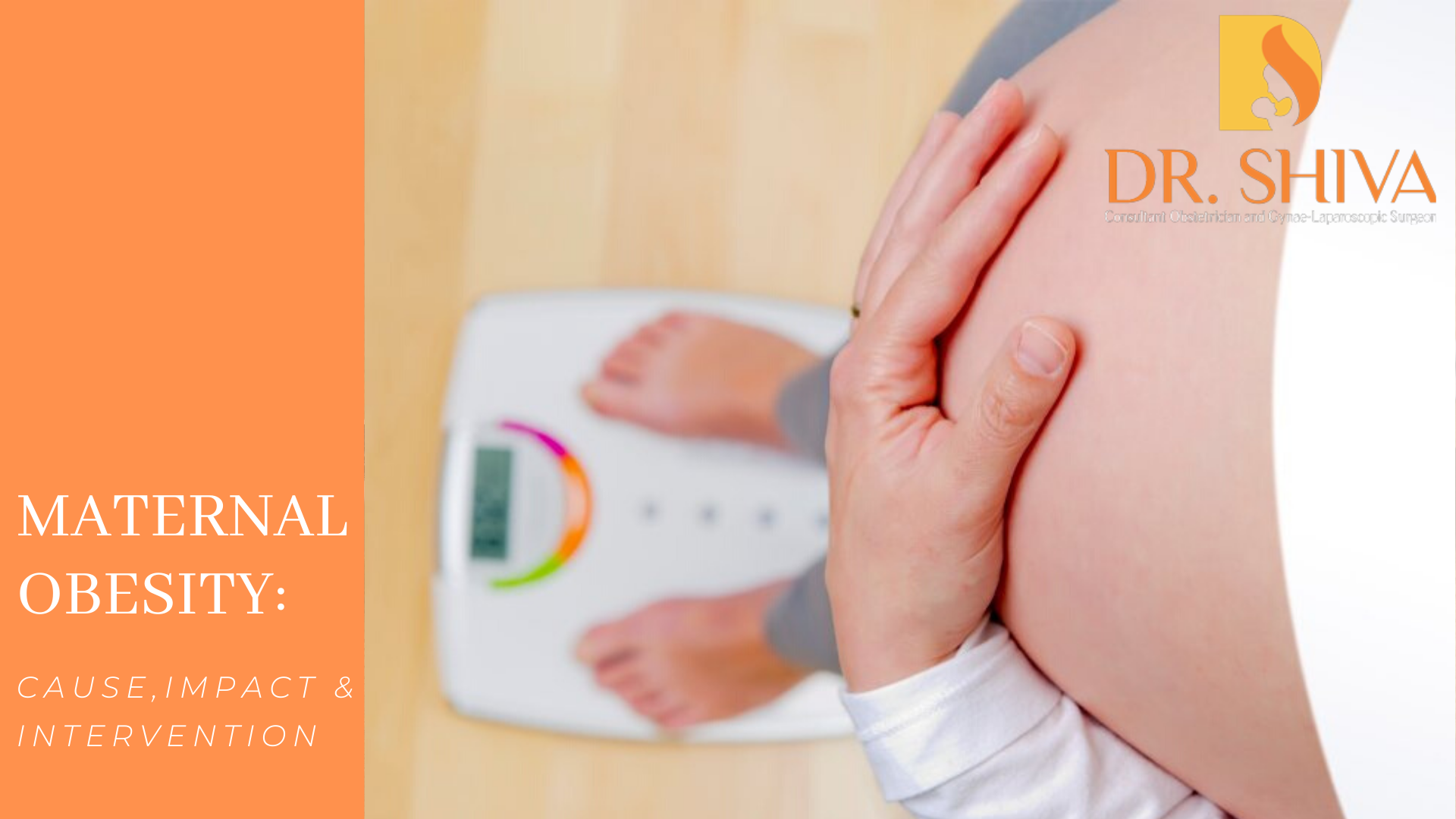
Down syndrome is the most common chromosomal condition, the incidence of which is approximately 1 in 700 babies. The body is made up of ‘building blocks’ called genes and chromosomes are small packages of genes. Down syndrome is a condition in which a person has an extra chromosome. Ideally, a baby is born with 46 chromosomes but babies with Down’s syndrome have an extra copy of one of the chromosomes, i.e. Chromosome 21. This extra type of chromosome in Down’s syndrome changes how the body and brain of the baby develops and which in turn causes both mental and physical challenges for the baby.
Types of Down Syndrome
- Trisomy 21: This is the most common type of Down Syndrome and it accounts for 95% of the cases. In Trisomy 21 every cell in the body will be having three copies of chromosome 21 instead of two.
- Translocation Down syndrome: Translocation represents 4% of Down Syndrome cases. In translocation, a portion of chromosome 21 separates during cell division and connects to a different chromosome, commonly chromosome 14. Though the number of chromosomes per cell stays at 46, the presence of an additional piece of chromosome 21 causes the qualities of Down disorder.
- Mosaic Down syndrome: Mosaicism is the rarest type and accounts for only 1% of Down syndrome cases. In mosaicism, only some cells have an extra chromosome 21 after fertilization.
Factors that increase the chances of Down Syndrome
One must note that no one of the factors mentioned definitely mean that you will have a baby with down syndrome but just that based on statistics we can conclude that it may increase the chances that you may.
- Main factor that increases the risk of Down’s syndrome is maternal age. Women who are more than 35 years are at a high risk (1 in 350); at 40 years risk will become 1 in 100 and at 45 years it is 1 in 50.
- Parents who have a child with Down syndrome are more likely to have another child with the disorder.
- A case history of Down syndrome in the family can increase the risk of the disorder to occur again.
Characteristics of a baby with Down Syndrome
Down Syndrome is identified almost as soon as a baby is born, based on distinctive physical characteristics like flattened face, almond shaped eyes with slant up, short neck, small ears, palmar crease (a single line across the palm), heart problems, gut problems, etc. Babies with Down’s syndrome can have less muscle tone which makes it difficult for holding their heads up, but this usually gets better with time. They can also have a hard time sucking and feeding, due to the low muscle tone, which can affect their weight. They take a longer time to reach important goals like crawling, walking. Down syndrome may also affect a child’s capacity to think, reason, comprehend and be social. These issues may range from mild to moderate.
How to diagnose Down Syndrome when Pregnant
For diagnosis two types of tests exist, one category being screening tests and the other diagnostic tests.
Screening Tests – Screening tests will tell whether a woman is at low or high risk but will not diagnose Down’s syndrome.
- Screening test includes 1st trimester screening which is usually done at 12-13 weeks + 6 days. This includes an ultrasonography where the subcutaneous layer of fluid collection below the neck of the baby is noted and measured called NT (Nuchal translucency) and nasal bone of baby is noted and a couple of blood tests (PAPPA and BHCG) is done from the maternal blood. Risk is calculated using these and maternal age. The sensitivity of this test is around 80 to 85%.
- Another screening test is called the Triple test which is done at around 16-18 weeks. This measures the amount of various substances in the mother’s blood (MSAFP, BHCG, conjugated oestriol) which has a sensitivity of about 65%.
- Quadruple test is the Triple test plus measurement of another substance called Inhibin A and calculating the risk, incorporating maternal age as well.
- Another screening test is NIPT (non invasive prenatal test) where foetal DNA is detected from maternal blood and it is 95-98% sensitive.
Diagnostic tests- Diagnostic tests can detect Down’s syndrome and are invasive tests. These procedures are associated with approximately a risk of 1% foetal loss.
- Amniocentesis, where a sample of the amniotic fluid is taken and the cells are given for testing, it is performed between 14 and 20 weeks.
- Chorion villus sampling, where a small sample of tissue is taken from the chorion and analyzed. This procedure is conducted between 10 and 12 weeks.
Treatment
Down syndrome isn’t condition that can be cured with medication or surgery, therefore, the objective of treatment is to address the distinctive medical problems and physical, developmental and intellectual difficulties that the individuals may have throughout their lives. Services like speech, occupational and physical therapy, early intervention to assistive devices, medications and even surgeries can focus on improvement of these issues and help them to achieve an acceptable level of potential. Most children with Down syndrome are able to meet age-related milestones however they often take longer than other kids.



Recent Comments